RESEARCH & REPORTS
What Direct Mail Format Works in Your Niche?
To make sure that your message creates an impact, choose the right direct mail format. Find the best examples of envelopes, self-mailers, and postcards in WMW! system.
To make sure that your message creates an impact, you need to choose the right direct mail format. This is often easier said than done. Sure, it seems obvious that a postcard campaign is ideal for announcing a simple-to-understand offer, like a limited-time sale or discount. But much of the time, it’s not an easy call.
We can try to get some answers by looking at the mail that’s been received and logged by Who’s Mailing What! — the world’s most comprehensive source of direct mail creative samples. A look at the stats of our massive swipe file reveals some interesting facts about what formats are being mailed now in 2021, as well as trends over the last 12 years. Knowing what formats dominate specific industry categories, as well as the mailstream as a whole, may help you work out a strategy for your direct mail campaigns.
Recommended reading: 25 Direct Mail Trends for 2021
Trends in Format Usage 2009-2021
When we reviewed our Who’s Mailing What! direct mail statistics from 2009 to the present (2021), we discovered that the distribution of formats had changed in some interesting ways. We’re going to look at how the top 3 formats — envelopes, postcards, and folded self-mailers — trended over those years.
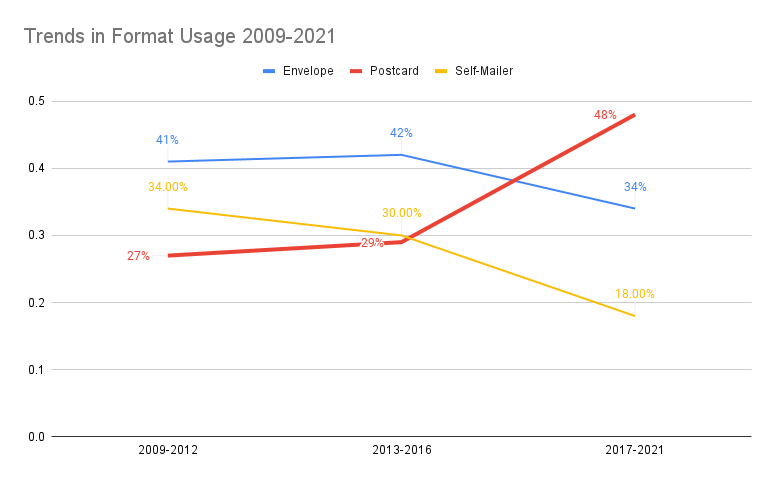
Postcards Dramatically Increase
The growing preference for postcards is the biggest trend over the period we surveyed. Here’s what we found:
In 2009-2012, they were 29% of mail
In 2013-2016, they were 29% of mail
In 2017-2021, they were 48% of mail
Let that last jump — to 48% — sink in. That was an increase of 19%. And it affected most of the categories we looked at.
Envelopes Mailed Less
Envelopes as a share of the marketplace have declined. Here’s a brief rundown of their presence in the mailstream:
In 2009-2012, they were 41% of mail
In 2013-2016, they were 42% of mail
In 2017-2021, they were 34% of mail
The sharpest drops were in categories like retail (51%) and shipping (51%), business products (35%), and restaurants (33%).
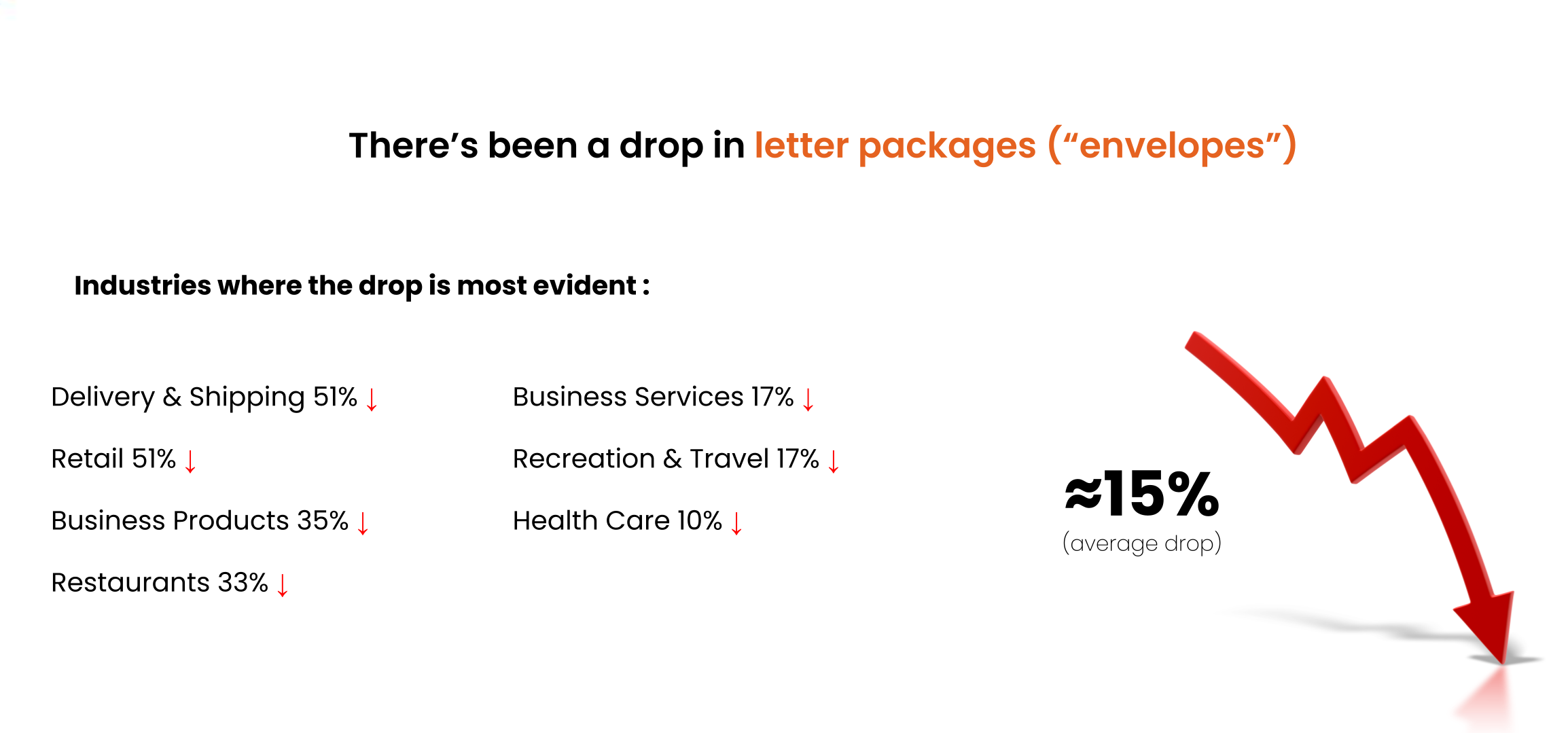
Other notable declines: business services (17%), recreation & travel (17%), and healthcare (10%).
In some categories, there’s clearly been pressure to reduce printing and postage costs, which accounts for a shift. To be sure, envelopes can still boost your campaigns.
Self-Mailers Slip
As you’d expect, the big shift to postcards came at the expense of other formats, like self-mailers. The numbers:
In 2009-2012, they were 34% of mail
In 2013-2016, they were 30% of mail
In 2017-2021, they were 18% of mail
The sharpest drops were in categories like retail (51%) and shipping (51%), business products (35%), and restaurants (33%).
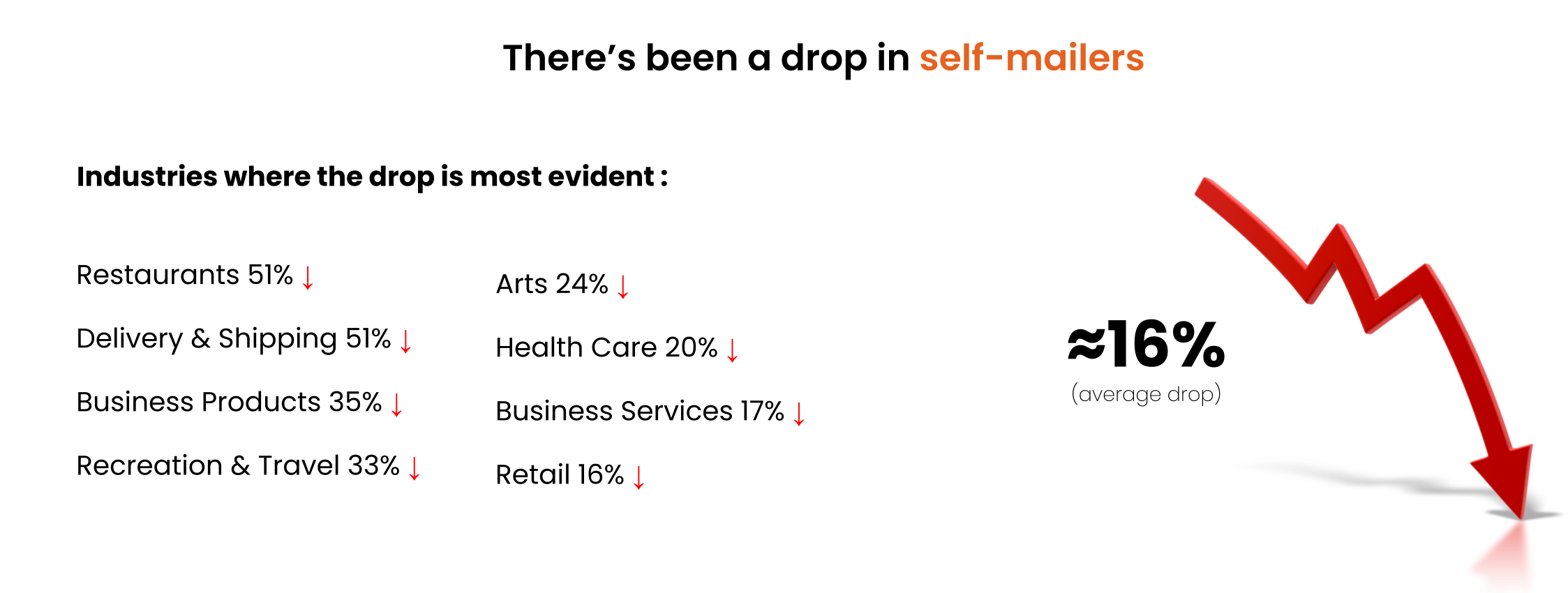
Other notable declines: arts (24%), healthcare (20%), business services (17%), and retail (16%).
Again, budget pressures have forced some mailers to move their mail to postcards. While keeping in mind the principles of good postcard design like using white space, marketers have focused on what’s essential.
So that’s how formats have trended for over a decade. Now, let’s get more granular.
Who’s Mailing What! Direct Mail Formats Breakdown
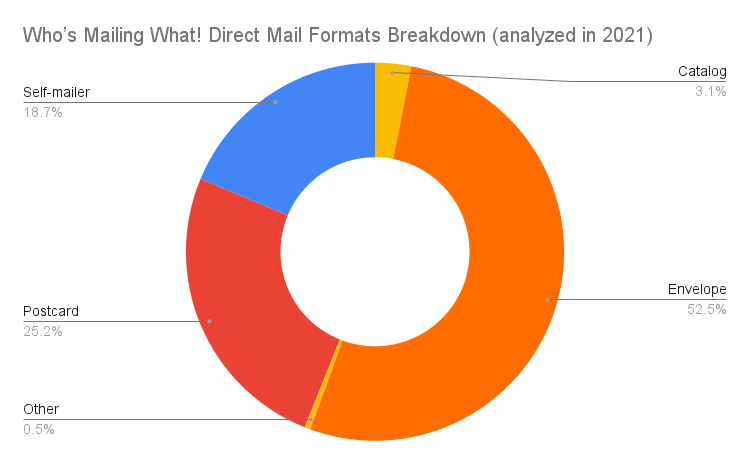
Of all the mail collected by Who’s Mailing What!, 52.5% are envelopes. As you’ll discover in the sections below, a lot of different kinds of companies and organizations use envelopes because they are so versatile. Self-mailers come in at 18.7% of the total. They’re a great alternative to envelopes because of postage and printing costs, as well as offer more room for messaging than postcards … what’s not to love?
And speaking of postcards, 25.2% of our mail is postcards; read on below for a look at why they enjoy wide acceptance. And catalogs? They’re still a popular choice, and can make a big splash in the mailbox, though overall, they’re only 3.1% of the volume.
Why Envelopes Engage
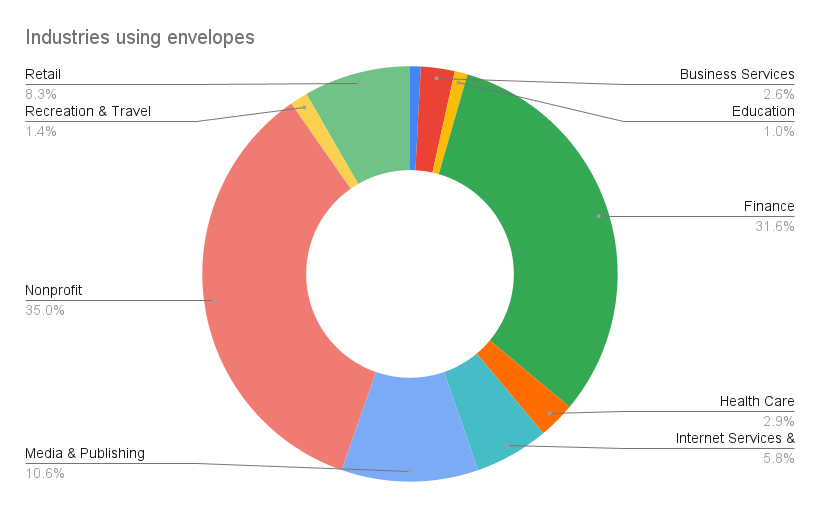
Of the total universe of envelope mailings counted for this study, 35% of them were offers for the nonprofit sector, which is the largest pie slice by a very nice margin. This makes sense for several reasons.
The envelope to many people is what direct mail is all about. Look at all of the components: a letter, a lift note, inserts, a brochure, a reply/order form, and a reply envelope. All of them inside the outer envelope, often (and hopefully) with teaser copy on the front. Together, they build an emotional case for donating money to or joining a cause.
Companies in the finance category, such as credit card issuers and insurance providers, are the second-largest group (31.6%) of envelope users recorded by Who’s Mailing What! The reason is much the same as for nonprofits: making and supporting a complex argument. They also have to include lots of terms and disclosures and consumer protection information. It also makes the consumer feel more confident that their finances will be kept safe and secure.
Why Self-Mailers Work
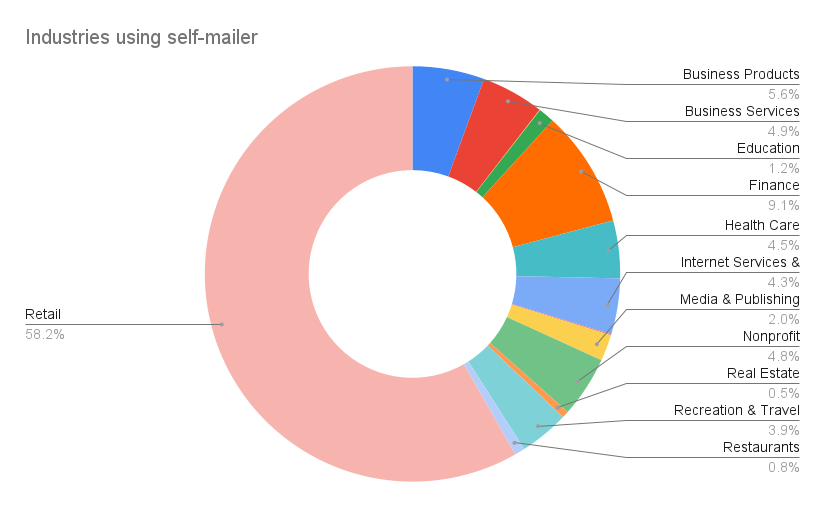
The big story in the rest of the statistics is how retail companies dominate the remaining direct mail formats as organized by Who’s Mailing What!
Take the big pie piece above as a perfect example. More than half — 58.2% of all folded self-mailers (FSM) — are in retail categories like Pet Supplies, Home & Garden, Cosmetics, Automotive, Wine & Spirits, supermarkets, big boxes, and lots more. Those mail pieces come from companies like Target, Lowe’s, Ford, Petsmart, and many others — all of whom try to use the flexibility of this format to maximize their selling space.
Recommended reading: Retail Direct Mail: Data-Driven Insights and Trends
With the versatility of self-mailers, you can have many of the advantages of an envelope package, but at a lower cost. You can guide your target audience’s eyes as the headlines, body copy, images, and graphics flow from one panel to the next. Interestingly, some credit card providers mail complex multi-panel FSMs with pockets and glue-tabbed folded sheets that seem very similar to the form and function of envelope mailings.
Finance was the next largest share, but far behind, with 9.3%. I haven’t checked the details, but I’d bet that nearly all of them are from banks promoting retail banking services. You know, things like checking and savings accounts, maybe some loans, and all devoted to drive traffic or leads to a website or a brick-and-mortar location.
Why Direct Mail Postcards are Powerful
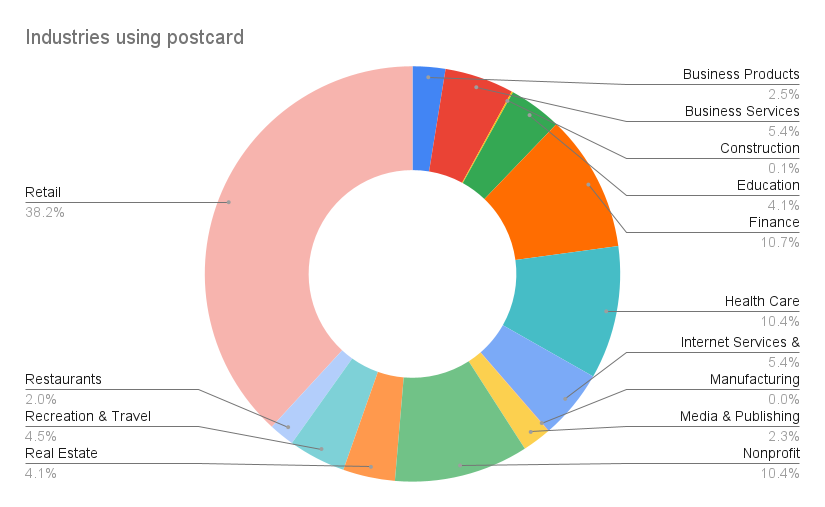
Here’s another format dominated by retail: direct mail postcards. We found that 38.2% are from retailers. Only three other categories — finance, healthcare, and nonprofit — broke into double digits. Why? Because postcards are best suited for limited uses, not heavy lifting or complex selling. So if you want to announce a grand opening, or promote a special sale to select customers, use a postcard. If you want to reactivate an inactive customer by offering a discount, or reach out to someone who visited your website but abandoned their shopping cart, use a postcard.
Let’s consider other categories, like healthcare. Postcards are ideal for conveying simple but essential information, such as changing office hours, added specialty services, appointment reminders, new doctors joining a medical practice, or procedures for dealing with COVID-19.
For real estate, postcards are perfect! You can include pictures and information about the house, the community, or the real estate professional.
And telecom? Our stats show that companies providing telecom services actually use postcards (6.5%) more than they mail self-mailers (4.3%). Again, they may not need much space to make a simple offer, with a quick rundown of what services and benefits are covered.
When you have a narrow focus, a postcard is a sensible and affordable choice.
How to Find Mail by Format in Who’s Mailing What!
So where can you find the best examples of all of these formats? With Who’s Mailing What! of course. You can draw inspiration from how others have had success in finding customers using specific mailing types thanks to the mail we’ve collected from our panelists.
Here’s how to find them:
- After logging in to the website, click on the Search option from the Dashboard.
- On the left side of the page, you’ll see Direct Mail Filters as one of the options under Filters.
- Click on the plus sign to activate the menu, then scroll down to find Format Type.
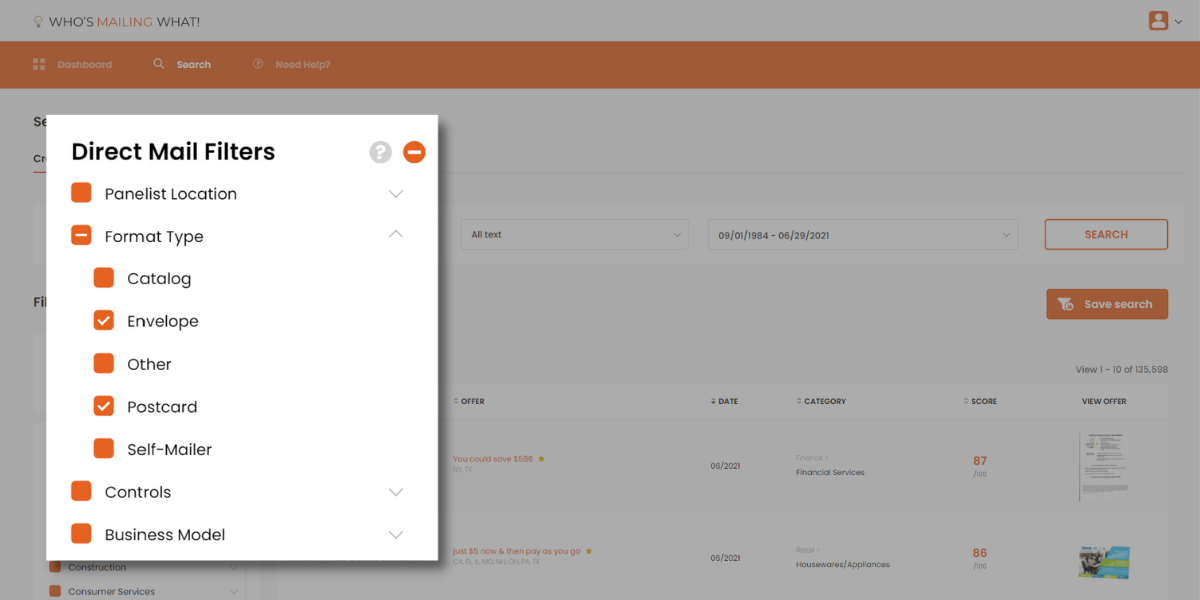
Checking on that box means that you can search on all of the options, which are:
- Catalog
- Envelope
- Other
- Other – Self-mailer
- Postcard
Although all of these format types are also checked by default, you can exclude them from your search by unchecking the box next to that format.
We also have a Free Look Up tool that provides mail type insights.
Simply choose your category and scroll down to see the industry insights.
Final thoughts
The bottom line in all of this format talk is that you have to balance competing interests, such as your budget, versus the objective of your campaign. Getting a handle on your printing and postage costs can help you decide what format will best serve your needs.
Removing some design elements or copy from a long-standing design or even a successful control to save money may not affect your response or hurt your ROI. You won’t know until you give it careful consideration. As the late marketer Mal Decker said, “Two rules and two rules only exist in marketing: Rule No. 1: Test everything. Rule No. 2: See Rule No. 1.”







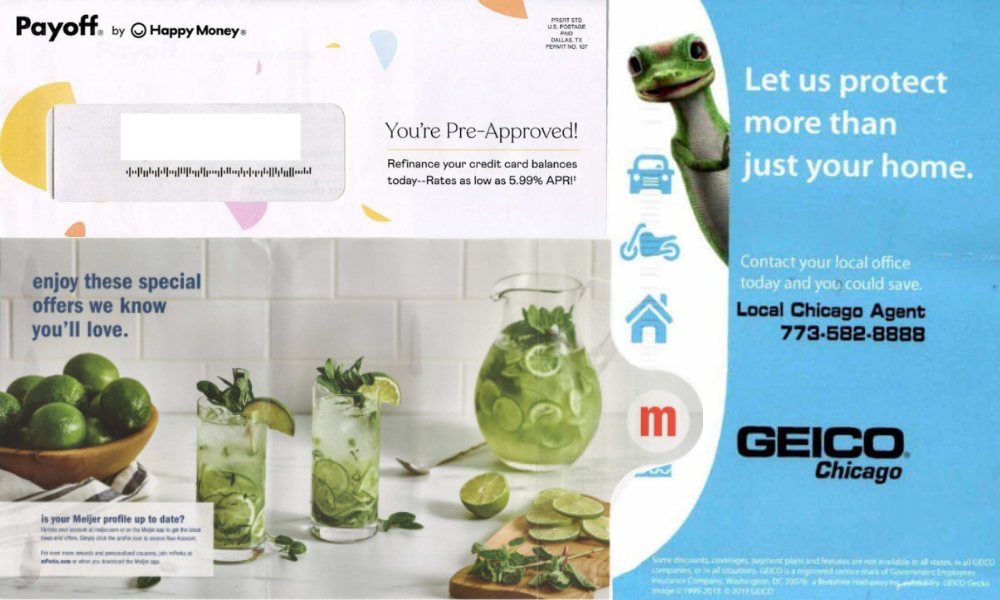






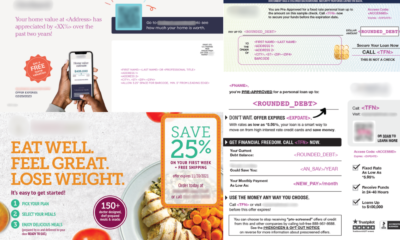
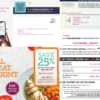
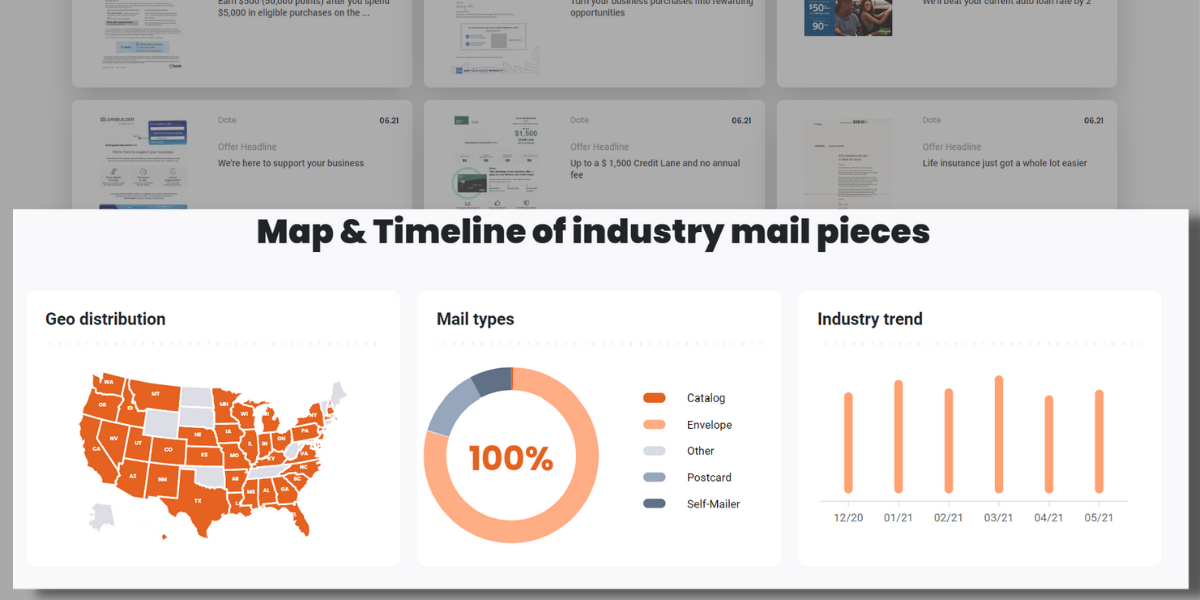
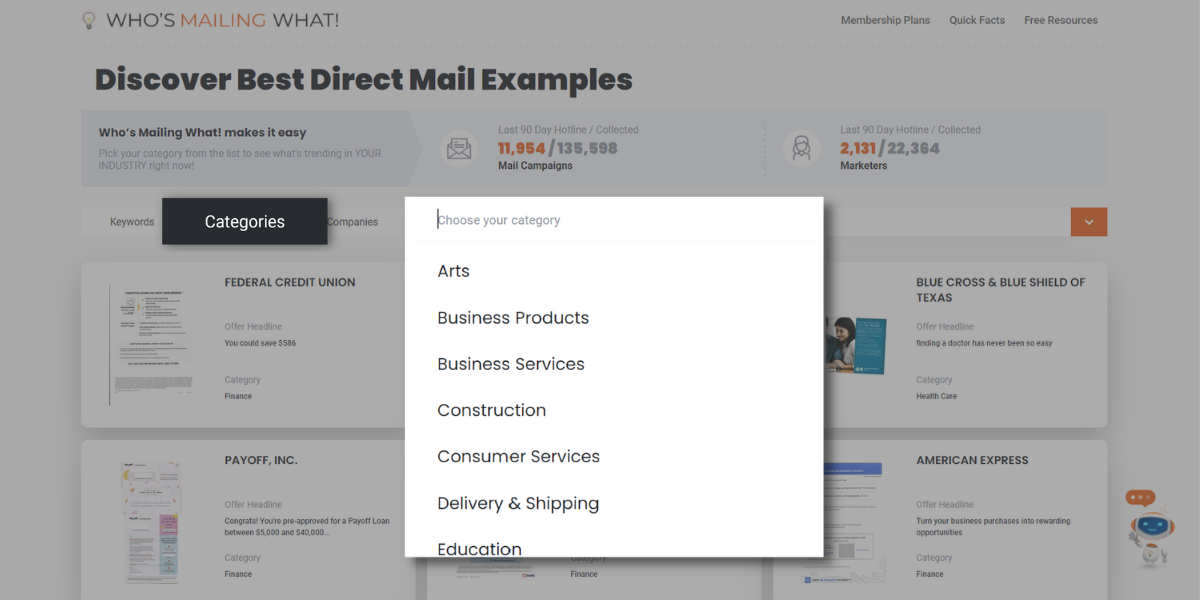
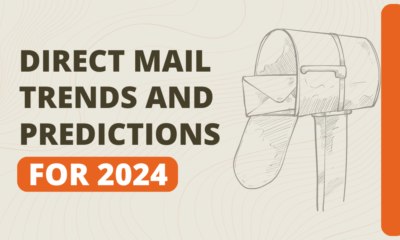
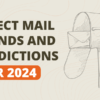




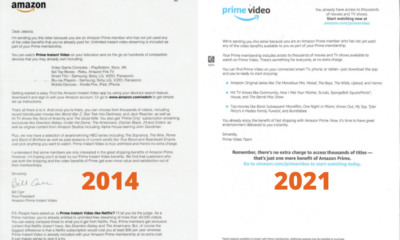
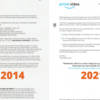

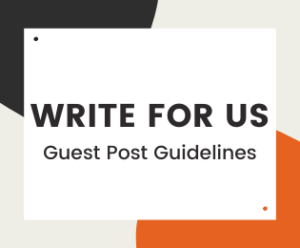
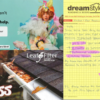


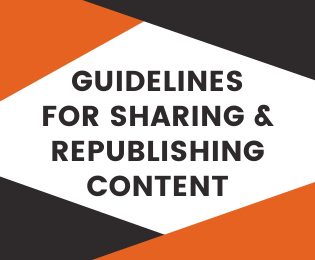
Roma
December 10, 2020 at 11:43 am
What’s up, its good post regarding media print, we all know media is
a impressive source of information.
Robby
January 29, 2021 at 9:13 am
I enjoy what you guys are up too. This type of clever work
and exposure! Keep up the amazing works guys I’ve included you
guys to my own blogroll.